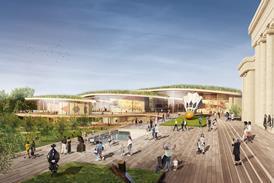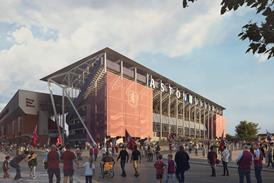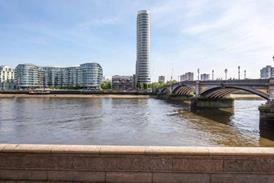- Home
- Intelligence for Architects
- Subscribe
- Jobs
- Events

2025 events calendar Explore now 
Keep up to date
Find out more
- Programmes
- CPD
- More from navigation items
The inquiry into young people and the built environment is our chance to deliver for future generations

Built environment professionals need to seize this opportunity to influence the public debate, writes Dinah Bornat
On 26th February, I will be giving evidence at a select committee inquiry, along with Jo McCafferty from Levitt Bernstein, Jonny Anstead from TOWN, Sarah Scannell the deputy director for planning at Birmingham City Council, and Tim Gill an independent researcher.
House of Commons select committees scrutinise the work of government. They gather evidence, from experts in the field, and compile a report that is presented to the secretary of state. Anyone can submit evidence to a select committee, and the committee invites the public to contribute as well. They also carry out surveys or events if necessary and make visits to find out more about the topic.
…
This content is available to registered users | Already registered?Login here
You are not currently logged in.
To continue reading this story, sign up for free guest access
Existing Subscriber? LOGIN
REGISTER for free access on selected stories and sign up for email alerts. You get:
- Up to the minute architecture news from around the UK
- Breaking, daily and weekly e-newsletters
Subscribe to Building Design and you will benefit from:

- Unlimited news
- Reviews of the latest buildings from all corners of the world
- Technical studies
- Full access to all our online archives
- PLUS you will receive a digital copy of WA100 worth over £45
Subscribe now for unlimited access.






